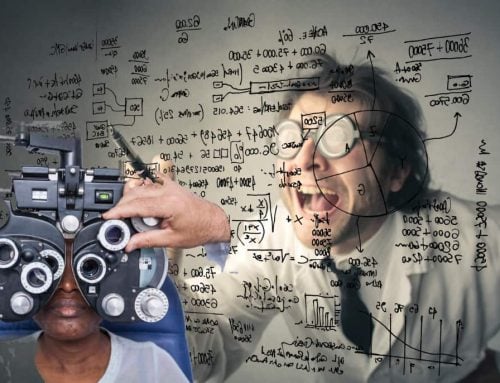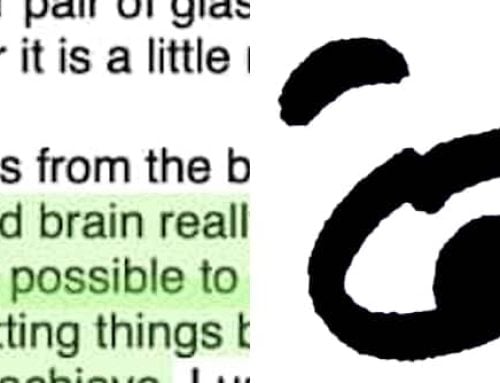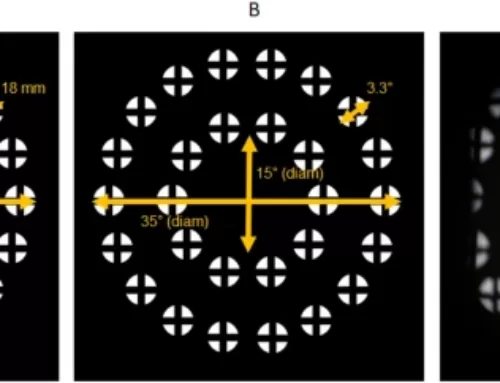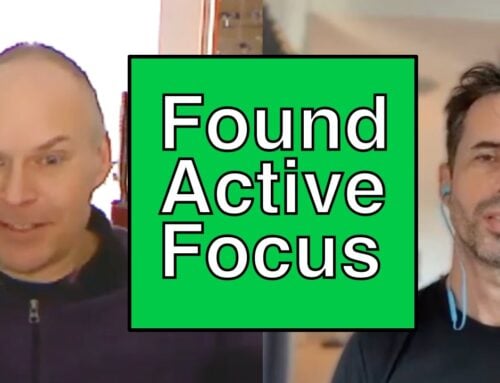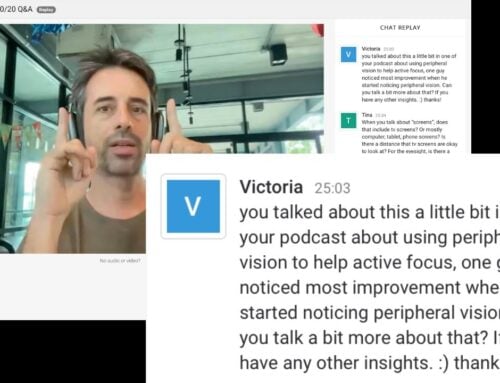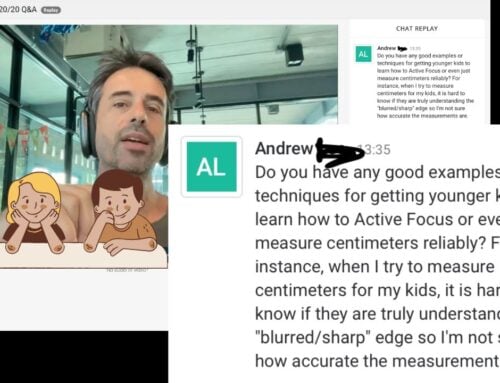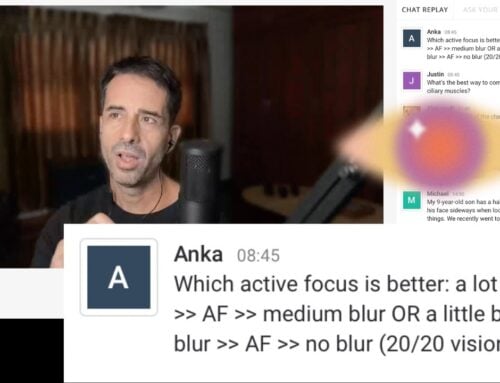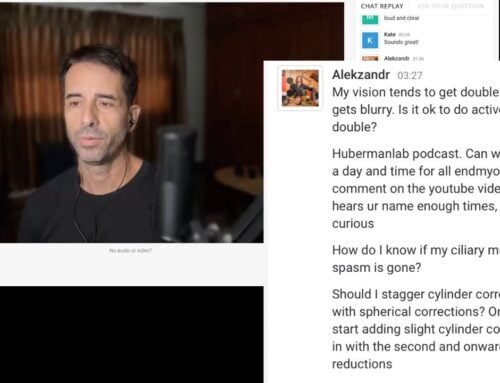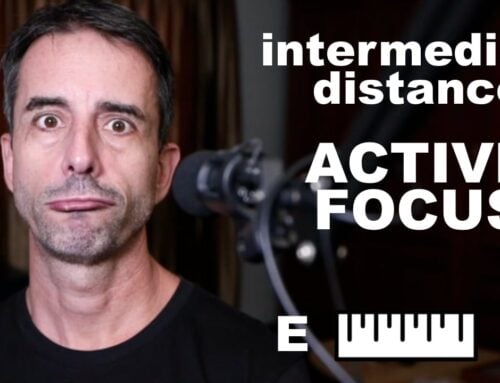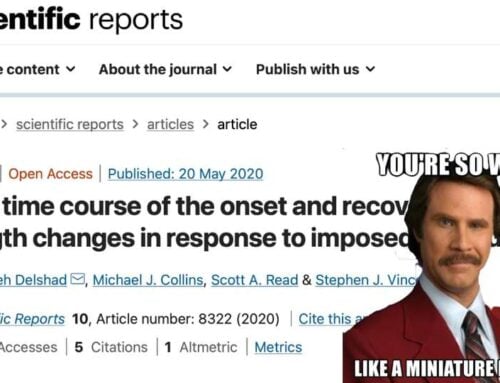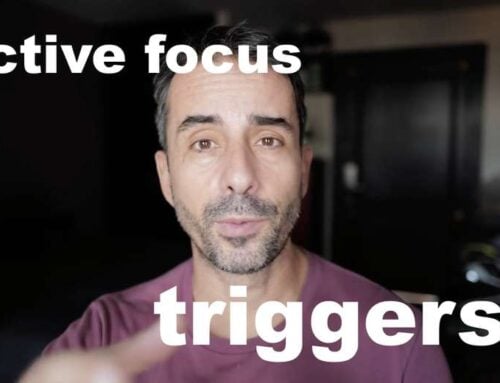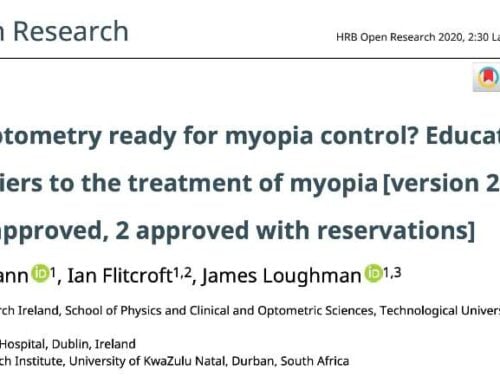Science, kittehz.
We used to talk quite a bit about vision science, didn’t we. A whole category on the site of this, of actual diving into why things are happening.
All of which has been sorely neglected now for many, many moons.
Without exploring vision science, you may be missing some of the interesting background of why your eyes do what they do. It is actually quite fascinating how much is known about how our eyes work, something you would never know by visiting your local lens seller shop.
For example and for today’s chat , an article in Science Magazine, discussing a study looking into how we darling humans actually determine focus.

It’s something we all take for granted: our ability to look at an object, near or far, and bring it instantly into focus. The eyes of humans and many animals do this almost instantaneously and with stunning accuracy. Now researchers say they are one step closer to understanding how the brain accomplishes this feat.
Do you ever wonder how focus happens?
Maybe while struggling to do active focus?
In order to see an object clearly, an accurate estimate of blur is important. Humans and animals instinctively extract key features from a blurry image, use that information to determine their distance from an object, then instantly focus the eye to the precise desired focal length, Geisler explains.
Your brain extracts distance data from a blurry image. Consider this for a moment.
Fascinating, yes?
More fascinating even potentially is how using excess artificial focal plane correction (your glasses, contact lenses, LASIK, etc) may be interfering with this focusing system:
“What we discovered is that the imperfections in the eye—things like astigmatism and chromatic aberration—actually help it to focus,” Geisler explains. That may help explain why people who have had their astigmatism corrected through laser eye surgery often have trouble focusing for several weeks afterward, Geisler says.
Jeeeeees. Full article is here.
The more you know, the more you know. As they say.
Of course most of what you get with endmyopia is the practical approach of resolving your lens dependence. Which involves the tangible steps of reducing complex artificial focal plane corrections to the point where your eyes and visual cortex are able to work as they’re intended to – and make the internal changes required to help you get rid of pesky glasses.
And while your favorite darling guru of teh eyez may not post nearly frequently enough about science talk, you can find a whole lot more of this over in our forum.
Keep making those 20/20 gains!
Cheers,
-Jake


